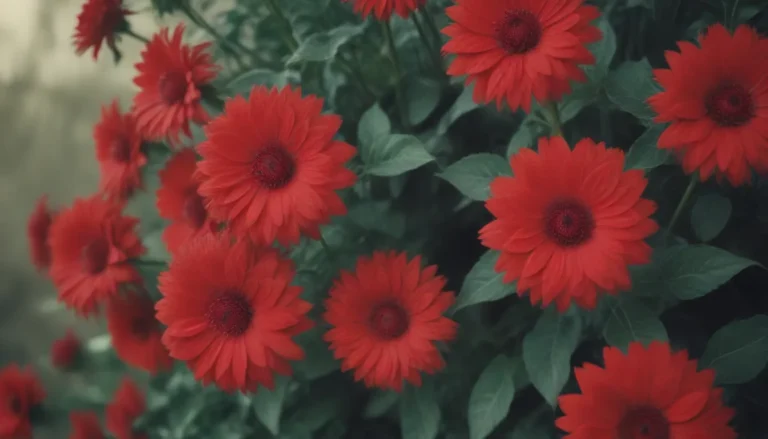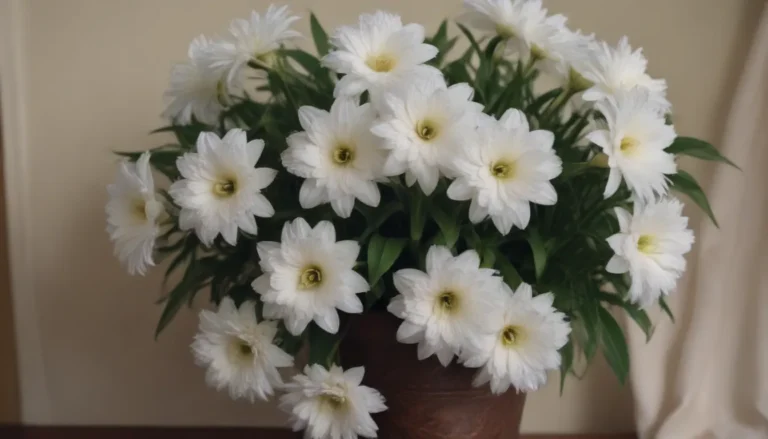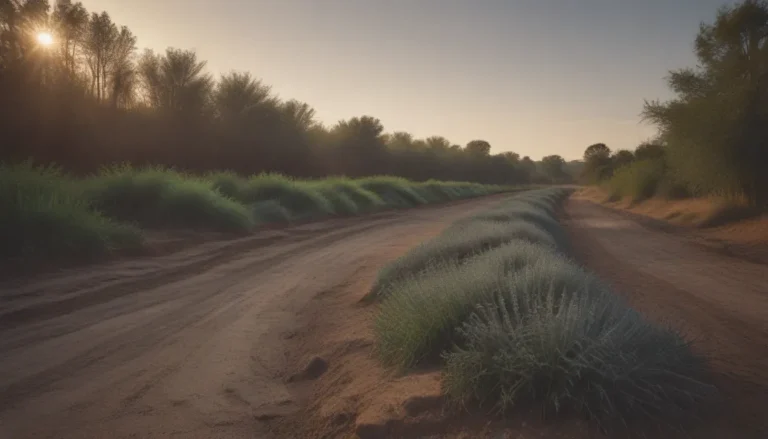Guide to Harvesting Jalapeños: When and How to Pick Them
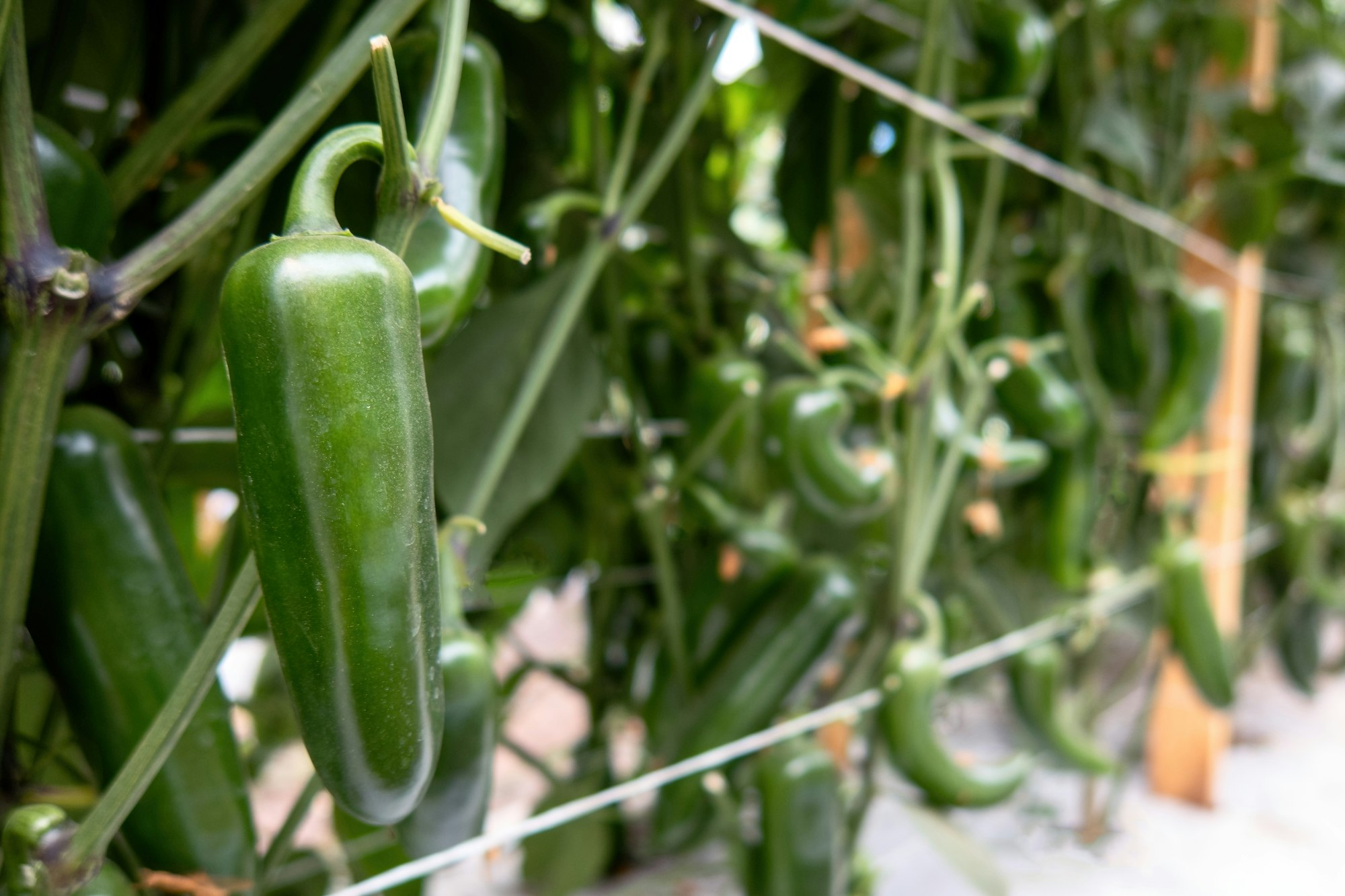
Are you ready to spice up your garden-to-table experience? If you’ve been nurturing jalapeño plants in your garden, you’re in for a treat. Harvesting these zesty peppers at just the right time can make all the difference in their flavor and heat level. In this comprehensive guide, we’ll walk you through everything you need to know about harvesting jalapeños, from recognizing the perfect moment to pick them to proper handling techniques. Whether you’re a seasoned gardener or a curious novice, this post will help you make the most of your jalapeño harvest.
Understanding Jalapeño Peppers
Before we dive into the harvesting process, let’s take a moment to appreciate the jalapeño pepper. Native to Mexico, jalapeños have become a staple in cuisines worldwide, prized for their versatile heat and distinctive flavor.
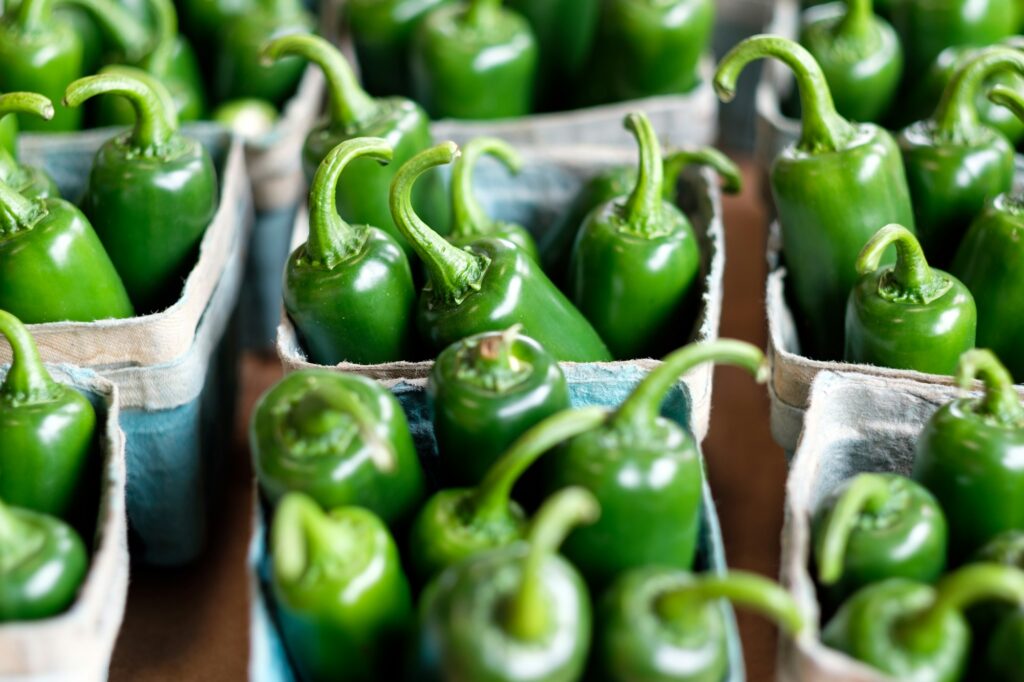
The Jalapeño Plant
Jalapeño plants (Capsicum annuum) are compact bushes that typically grow to about 2-3 feet tall. They produce small, white flowers that eventually develop into the peppers we know and love. The plants thrive in warm, sunny conditions and are relatively easy to grow, making them a favorite among home gardeners.
Jalapeño Varieties
While the classic green jalapeño is the most familiar, there are actually several varieties of jalapeños, each with its own unique characteristics:
- Early Jalapeño: As the name suggests, these peppers mature earlier than other varieties.
- Mammoth Jalapeño: These produce larger-than-average peppers.
- Purple Jalapeño: These peppers turn purple before ripening to red, adding a splash of color to your garden.
- Mucho Nacho: Known for being slightly hotter than the average jalapeño.
Knowing which variety you’re growing can help you better understand when to harvest your peppers.
The Jalapeño Life Cycle: From Flower to Fruit
Understanding the growth stages of jalapeños is crucial for determining the best time to harvest. Here’s a brief overview of the jalapeño life cycle:
- Germination: Seeds sprout and develop into seedlings.
- Vegetative Growth: The plant focuses on growing leaves and stems.
- Flowering: Small white flowers appear on the plant.
- Fruit Set: Flowers are pollinated and small peppers begin to form.
- Fruit Development: Peppers grow larger and change color as they mature.
- Ripening: Peppers reach their full size and may change color again.
The entire process, from seed to mature fruit, typically takes about 70-80 days, depending on the variety and growing conditions.
When to Harvest Jalapeños
Now that we understand the jalapeño’s journey from seed to fruit, let’s focus on the main event: harvesting. Timing is everything when it comes to picking jalapeños, and there are several factors to consider.
Size Matters
One of the most reliable indicators that your jalapeños are ready for harvest is their size. Most jalapeños are ready to be picked when they reach 3-5 inches in length. However, keep in mind that size can vary depending on the specific variety you’re growing.
“A jalapeño is like a good story – it’s best when it’s fully developed but picked before it gets too long.”
Color Changes
Jalapeños go through several color changes as they mature:
- Green: This is the classic jalapeño color and the stage at which most people prefer to harvest them.
- Dark Green: As the peppers continue to mature, they’ll develop a deeper green color.
- Black: Some jalapeños may develop black streaks or spots. This is normal and doesn’t affect the flavor.
- Red: If left on the plant, jalapeños will eventually turn red. These are fully ripe and typically hotter and sweeter than green jalapeños.
The Corking Test
As jalapeños mature, they often develop small, white lines or striations on their skin. This is known as “corking” and is a sign of a well-matured pepper. Corking doesn’t affect the flavor or heat of the pepper – in fact, many pepper enthusiasts consider it a mark of quality.
Heat Level Considerations
The heat level of jalapeños increases as they mature. If you prefer a milder flavor, harvest your peppers when they’re still green. For maximum heat, wait until they’ve started to turn red.
Texture Check
Give your jalapeños a gentle squeeze. Ripe peppers should feel firm and crisp, with a slight give when pressed. If they’re soft or mushy, they’re overripe and should be composted.
How to Harvest Jalapeños
Now that you know when to harvest your jalapeños, let’s talk about how to do it properly. Correct harvesting techniques not only ensure the best quality peppers but also promote continued production from your plants.
Tools You’ll Need
While jalapeños can be harvested by hand, using the right tools can make the job easier and cleaner. Here’s what you’ll need:
- Clean, sharp garden scissors or pruning shears
- Gloves (preferably nitrile)
- A clean basket or container for collecting peppers
Step-by-Step Harvesting Process
- Put on your gloves: This protects your hands from potential skin irritation caused by capsaicin, the compound responsible for the pepper’s heat.
- Inspect the plant: Look for peppers that meet the size and color criteria we discussed earlier.
- Cut, don’t pull: Use your scissors or shears to cut the pepper’s stem about 1/4 inch above the fruit. Pulling can damage the plant and potentially reduce future yields.
- Handle with care: Place the harvested peppers gently in your container to avoid bruising.
- Continue harvesting: Pick all the peppers that are ready, working your way around the plant.
- Clean your tools: After harvesting, clean and sanitize your tools to prevent the spread of any potential diseases.
Frequency of Harvesting
Regular harvesting encourages the plant to produce more peppers. In peak season, you may need to harvest every few days. Don’t worry if you can’t use all the peppers right away – we’ll discuss storage options later in this post.
Post-Harvest Care for Your Jalapeño Plants
Proper care after harvesting can extend your plant’s productive period and improve overall yield. Here are some tips:
- Water consistently: Keep the soil moist but not waterlogged.
- Fertilize: Apply a balanced, water-soluble fertilizer every 2-3 weeks.
- Prune: Remove any damaged or diseased leaves to promote healthy growth.
- Monitor for pests: Keep an eye out for common pepper pests like aphids or spider mites.
Handling and Storing Your Harvested Jalapeños
Once you’ve picked your jalapeños, proper handling and storage are crucial to maintain their quality and extend their usability.
Immediate Post-Harvest Handling
- Rinse gently: Wash your jalapeños under cool running water to remove any dirt or debris.
- Dry thoroughly: Pat the peppers dry with a clean cloth or paper towel.
- Sort: Separate any damaged or overripe peppers for immediate use.
Storage Options
Depending on how quickly you plan to use your jalapeños, you have several storage options:
- Short-term storage (1-2 weeks): Place unwashed peppers in a paper bag and store in the crisper drawer of your refrigerator.
- Medium-term storage (several months): Freeze whole or sliced jalapeños in airtight containers or freezer bags.
- Long-term storage (up to a year): Consider pickling, drying, or canning your jalapeños for extended shelf life.
“A well-stored jalapeño is like a time capsule of summer heat, ready to spice up your meals all year round.”
Safety Precautions When Handling Jalapeños
While jalapeños are generally mild compared to some other hot peppers, they can still cause skin and eye irritation due to their capsaicin content. Here are some safety tips:
- Always wear gloves when handling jalapeños, especially if you’re processing large quantities.
- Avoid touching your face, especially your eyes, while handling peppers.
- Wash your hands thoroughly with soap and water after handling jalapeños, even if you wore gloves.
- Consider wearing eye protection if you’re sensitive or processing many peppers.
Creative Ways to Use Your Jalapeño Harvest
Now that you’ve successfully harvested and stored your jalapeños, it’s time to enjoy them! Here are some delicious ways to incorporate your home-grown peppers into your meals:
- Fresh uses:
- Slice raw jalapeños into salads for a spicy kick
- Use them as a pizza topping
- Chop and mix into guacamole or salsa
- Cooked applications:
- Stuff with cheese and grill for jalapeño poppers
- Add to stir-fries for heat and flavor
- Incorporate into soups and stews
- Preservation methods:
- Pickle jalapeños for a tangy, spicy condiment
- Dry and grind into powder for a homemade spice blend
- Infuse oils or vinegars for flavored cooking bases
Remember, cooking jalapeños tends to mellow their heat, while using them raw will give you the full spicy experience.
Troubleshooting Common Jalapeño Harvesting Issues
Even experienced gardeners sometimes encounter challenges when harvesting jalapeños. Here are some common issues and how to address them:
Peppers Not Ripening
If your jalapeños seem stuck in the green stage, it could be due to:
- Temperature: Cooler temperatures can slow ripening. If possible, provide some protection or warmth to your plants.
- Nutrient deficiency: Ensure your plants are getting enough potassium and phosphorus, which are crucial for fruit development.
Peppers Turning Red Too Quickly
If your jalapeños are turning red before reaching full size, it could be due to:
- Heat stress: Excessively high temperatures can cause peppers to ripen prematurely. Provide some shade during the hottest part of the day.
- Water stress: Inconsistent watering can lead to early ripening. Maintain a regular watering schedule.
Bland or Mild Peppers
If your jalapeños lack their characteristic heat, consider:
- Variety: Some jalapeño varieties are naturally milder than others.
- Growing conditions: Stress from poor soil or inconsistent watering can affect flavor development.
- Cross-pollination: If growing multiple pepper varieties, cross-pollination could affect heat levels in future generations.
Conclusion: Enjoying the Fruits of Your Labor
Harvesting jalapeños is both an art and a science. With the knowledge you’ve gained from this guide, you’re well-equipped to pick your peppers at the perfect moment for your preferred heat level and flavor profile. Remember, the key to successful jalapeño harvesting lies in observation, timing, and gentle handling.
As you become more experienced, you’ll develop an intuitive sense for when your jalapeños are at their peak. Don’t be afraid to experiment with harvesting at different stages to find what works best for your culinary needs.
Whether you’re planning to use your jalapeños fresh in a zesty salsa, pickle them for future use, or dry them for a homemade spice blend, your home-grown peppers are sure to add a delicious kick to your meals. So get out there, tend to your plants, and enjoy the spicy rewards of your gardening efforts!
Happy harvesting, and may your meals be as spicy as you desire!


